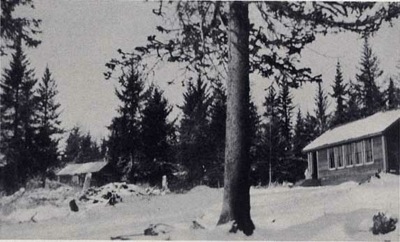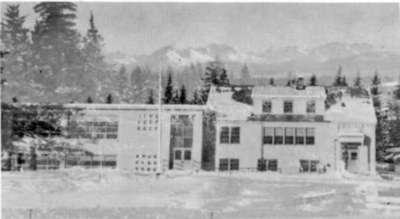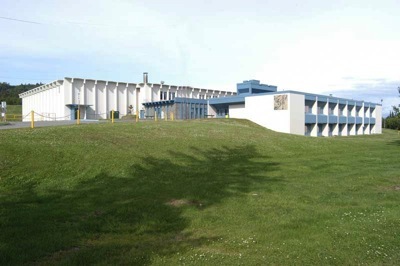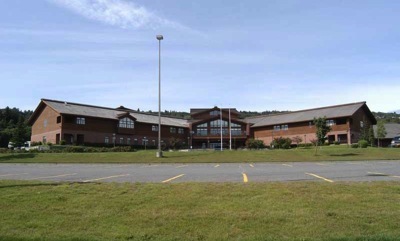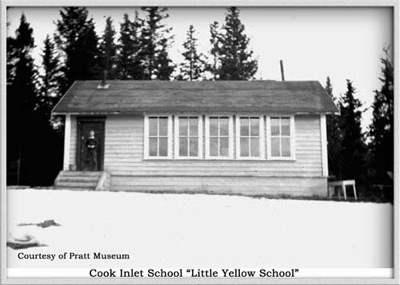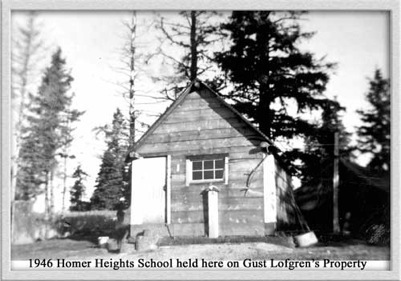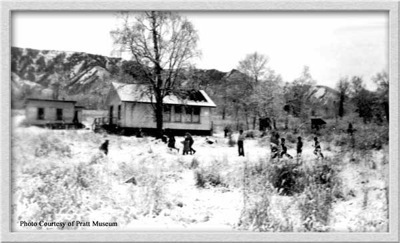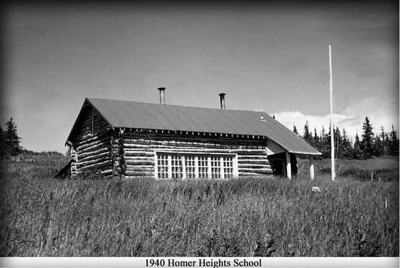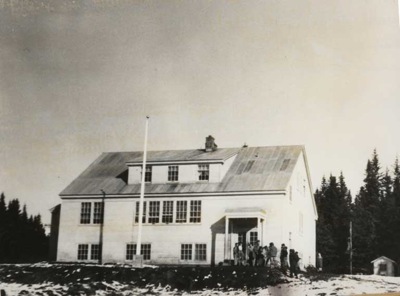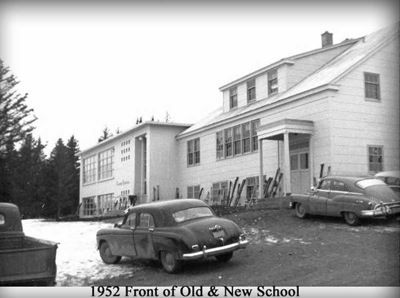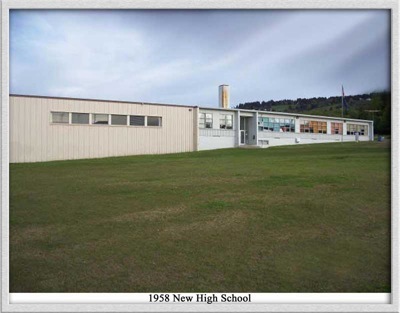History of Homer High School
The first school established in Homer was in 1920-21, and was called the Kachemak Bay School. Nellie Jean McCullough was the first teacher. She was approximately twenty-five years of age, and arrived with her husband, who started a fox farm.
The nine students Mrs. McCullough had her first year were children from the Nielson, Newton, and Peary families. Some of them had attended school in Denmark, but, because they spoke no English, they were enrolled in the first grade.
The school building was a little one-room log cabin. There were no desks and all seats were homemade benches. The heating system was a pot-bellied coal stove, lighting was by kerosene lanterns, and drinking water was brought in buckets.
Many inconveniences and seemingly insurmountable obstacles challenged the pioneer teacher, but the fantastic high salary of $150 a month was quite an incentive. Mrs. McCullough taught in this school, which was located on the Starr Nielsen homestead near Miller's Landing, for two years.
In 1922 the community built a new log school, and the Department of Education in Juneau provided the furnishings and school supplies. Miss Carlotta Crabb about twenty-five years of age, was the teacher that year. She had been hired by the local school board. The Territory paid her salary.
In 1923-24 Miss Jean Flindal taught in the Kachemak Bay school. In December of that year a fire destroyed the building. Charlie Miller, who still resides in Homer, moved from his own cabin so that it could be used as a school for the remainder of the term.
In 1924-25 Jim Graham, Homer's first male teacher, arrived. He also taught in the Miller cabin and had six students.
